Story – Elizabeth Owens : Photos – Arnd Bronkhurst
Liz Owens finds that when you go to Europe you don’t have to be ripped off – she found a training centre where she learned heaps, find out about it…
When I planned to go to the 2014 World Equestrian Games, I decided I would treat myself to a couple of weeks riding and training after the Games finished. I didn’t decide straight away who the lucky (?) trainer would be, but I wanted to avoid yards where they traded in horses which would potentially coach me with a bias towards what horse I might buy. I couldn’t afford a European horse and anyway, I had two nice horses at home. For this reason I also didn’t need to ride any Grand Prix movements since my own horses were only 3 and 5 – I wanted to ride and feel good young horses and hopefully preserve that feeling to apply to my own.
As part of my planning I decided an improved level of my fitness was required, so I started attending personal training sessions with a group near home and found muscles I’d forgotten I had. I did achieve my goal however, and became much fitter and stronger. Memories of the impact of my personal trainer were brought home to me as I watched and learnt from Johan Hamminga in Elspeet, Holland.
Johan Hamminga is the chief judge for the Stallion Performance Testing at KWPN in Holland and head coach for the FEI Instructors Training program. Johan has trained many successful combinations right through the levels and into Grand Prix, including Adelinde Cornelissen prior to her inclusion in the Dutch Team. Johan has an excellent eye for the young dressage horse having trained a number of horses and riders who have been successful in the Dutch Pavo Cup and also the World Young Horse Championships. Most importantly, everyone I spoke to told me what a charming gentleman Johan was and that there was no better person to teach me about the requirements of training a young horse. When Johan reacted positively to my email enquiry about helping me post WEG, I realized I had found my coach. What a wonderful two weeks I had.
Not only was I coached by Johan on his own horses, I was treated to stallion classification events, foal auctions, young horse competitions and straight dressage events from novice to Grand Prix. Each day I sat in on lessons Johan gave to his own students at his base in Elspeet and further afield where Johan patiently explained to me his methods, what is required of dressage horses at various levels of training, what constitutes systematic training and how horses need to be managed to perform at their best. Over the two weeks I was treated to a veritable smorgasbord of the best of Dutch breeding – Vivaldi, Jazz, UB40, Metall, Painted Black, Ampère, Krack C, Negro and some non-KWPN stallions such as Sandro Hit. It wasn’t just the quality of these horses that I noticed (we certainly have some horses of equivalent quality in Australia) it is the concentration of them – so many of them in such close proximity to each other. With over 40,000 registered dressage riders in Holland (and over 200,000 members of the Dutch Equestrian Federation) you don’t have to travel far to find an indoor arena, competition venue or stables.
Watching Johan teach, the outcome for each combination was the same. They finished the session appearing as though they had advanced at least two levels in their training – not evidenced by the exercises they were doing, but as a result of the improvement in self carriage and engagement shown by every one. And not just a modest improvement that you had to look for – a massive one! It appeared to be achieved by magic, no obvious aids and certainly no forced movements. As one after another tall, blond pony-tailed well-presented equestrienne appeared after another, they each showed that they came prepared and ready for work and work.
Lessons went for the full hour so you and your horse had better be fit and ready, and boy don’t they work! They get rest breaks but not after every little thing – only when they had truly worked. The amateurs in Holland ride as well as professionals in Australia and they have the work ethic of a professional rider. There is no walking on a long rein after 5 minutes of modest submission – the goal in each lesson is that through careful but consistent gymnastic work, the horse learns he has another gear in him ( or two or three more gears) – that his body can be even more supple and engaged. There are very few fancy exercises, it’s more quiet insistence in one exercise until the extra gear is found and used. I was frequently reminded of my own personal training sessions. If I was given a break after five rep’s I would have never discovered that 50 is possible, and that after a week, 100 easy. It was clear that Johan was not just training the horse’s mind to learn the right way of going; he was training their bodies and muscles.
story continues below the advertisement
The immediate difference I noticed riding and observing was that the horses were truly on the aids and forwards. There were no spur marks, and very little evidence of the leg aids being used, but when needed, a forwards aid was applied and those horses shot forwards. This rule applied equally to three-year-olds just under saddle and Grand Prix horses. No exercises were introduced until the horse was on the aids and going forwards with equal acceptance of both reins in straight lines, and on a circle. For some riders, this was the entire lesson – forwards and back until it looked as though all the rider had to do was breath out for the horse to shoot forwards and breath in for it to come back. The reward for the horse was a relaxation of the aids within the movement and the goal was to have the horse on the aids, without tension and with the neck loose. Now that is a goal worth having.
Johan explained dressage training as being a puzzle. With the young horse the pieces are all scattered around in front of you. As with any puzzle, you start with the four corner pieces around which the rest of the puzzle is built. For the dressage horse, the four corners are:
- Forward from the legs
- Light, equal contact in both reins
- Rider sitting in balance
- Control of straightness – quarters, shoulders
The rest of the pieces of the puzzle cannot be in position without these four corner pieces in place. And you can’t use a hammer to force a piece into place – it either fits, or it does not. Once the four fundamentals are established, only then can the pieces for engagement, collection, suppleness, and ultimately Grand Prix be included.
Contact issues were fixed by riding forwards, forwards, forwards. The neck was never below the horizontal, there was equal weight in both reins, controlling shoulders and quarters. “Ride them forwards and make them straight” was the mantra. A better response to the leg aid was sometimes achieved by doing more bending through the neck – riding voltes or on a circle with the quarters in. In canter, more ground cover was developed by riding well forwards before introducing any exercises such as counter – canter. The horse becomes more in self carriage and with more cadence in the paces, not as a result of the rider doing more, but by the horse doing more and the rider less and less.
In each lesson Johan was looking for the quality of walk and stretch following periods of work – the walk being the best indicator of relaxation of the back and effective training. If the walk loses the four beats, if the neck is not reaching forwards and straight with the nose in front of the vertical, if there is not good over track, then you need to return to your work, paying attention to control of the shoulders and quarters, light even contact on both reins and response to the leg aids.
Johan suggested I watch young horses in the field – how they sit on their hindquarters in play, how they voluntarily collect, extend, and do flying changes. What you won’t see, he suggested, is young horses going sideways. This is because it is harder on the joints and ligaments so it should be avoided in the training of the young horses. The strength for lateral work is built up gradually starting with walk only. Over time you can build this up to a walk pirouette with longer reins – this teaches the horse to balance himself and not seek support from the rider’s hands. The importance of a soft, loose neck was constantly stressed with many exercises done with a longer top line. Short moments in the right position, and then relax the aids so that the horses learn to do it themselves.
Riding Easy Dancer, a five-year-old Don Romantic, solidified Johan’s teaching. This is a big, strong horse with tremendous scope – but he was so easy to ride – instantly responsive, soft and even in the contact and giving in his back. A complete delight.
Just as well I went without the funds to support any horse purchases because Easy Dancer is one that would fit in perfectly in my stables in Queensland.
And for those of you who believe that horses are only happy if they are playing with their mates in an open field, you have not witnessed the sort of equine contentment I was treated to in Johan’s stables. These horses don’t go in a paddock at all – they go on the walker each day and are worked six days out of seven, either in or outdoors, but they are very content in their boxes, lying down on their Sunday off and perfectly behaved when handled. There is a quiet contentment in everything they do and willingness, even enthusiasm for their work that made me re-think my approach to horse management. Maybe hard work and the reward that comes from releasing muscle tension through consistent effort is the key to contented horses. Maybe, like me after a personal training session, horses relish the feeling of a well-planned training session and need to be quietly still afterwards. Feeling fit improves every animal’s well-being and I am not convinced that my horses, or probably most of the horses competing in Australia, are truly fit and worked for the task they are being asked to complete. Is this why we see so much resistance in competitions?
Not sure I know enough to formulate the correct answer, but I do know that my time spent with Johan Hamminga is an experience I will treasure for all time and I feel very privileged to have had this opportunity.
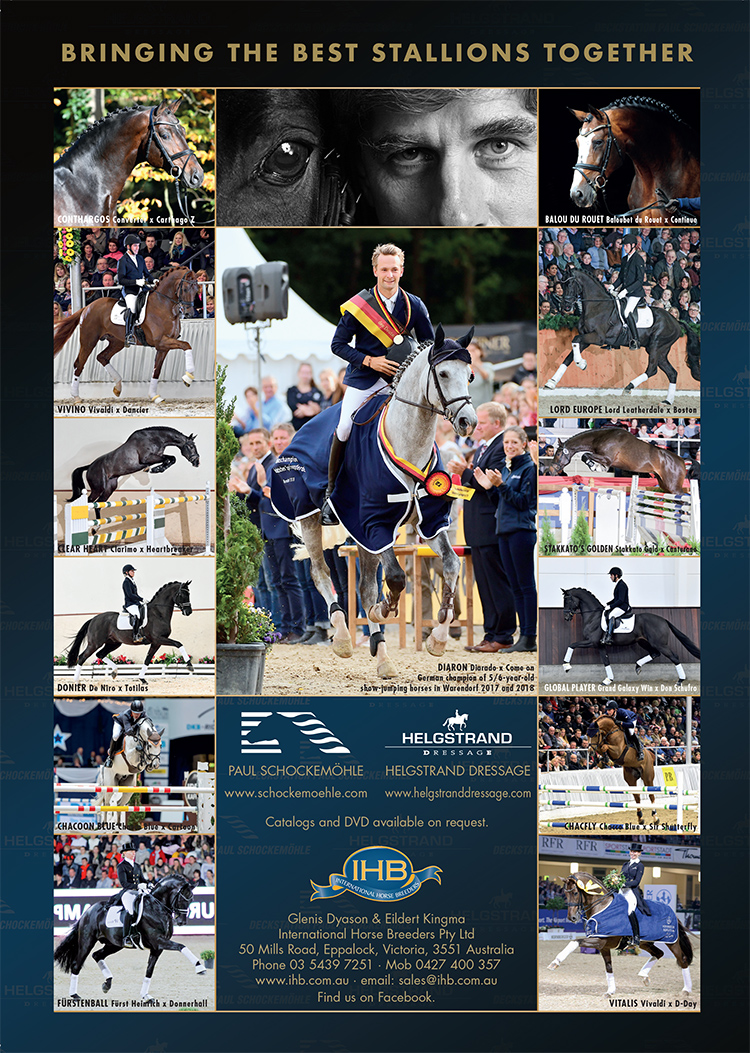

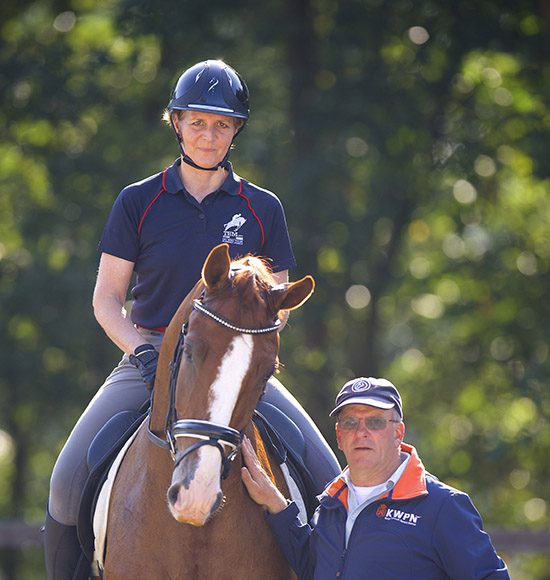
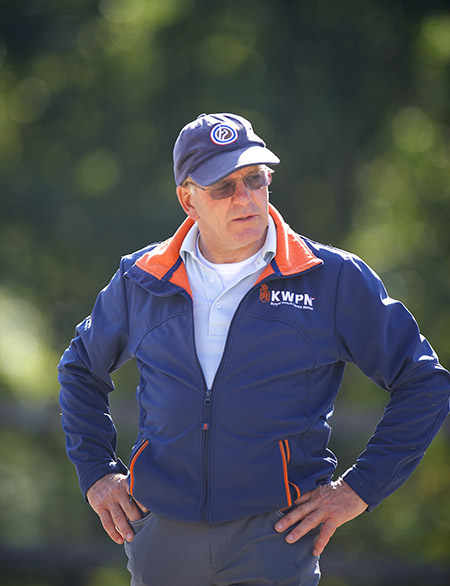
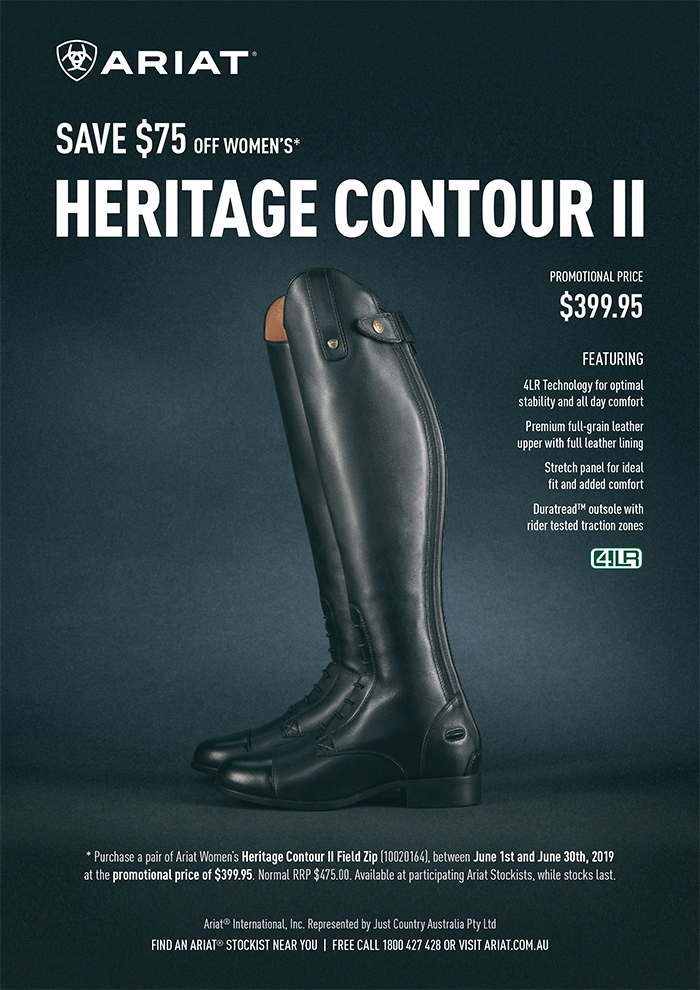
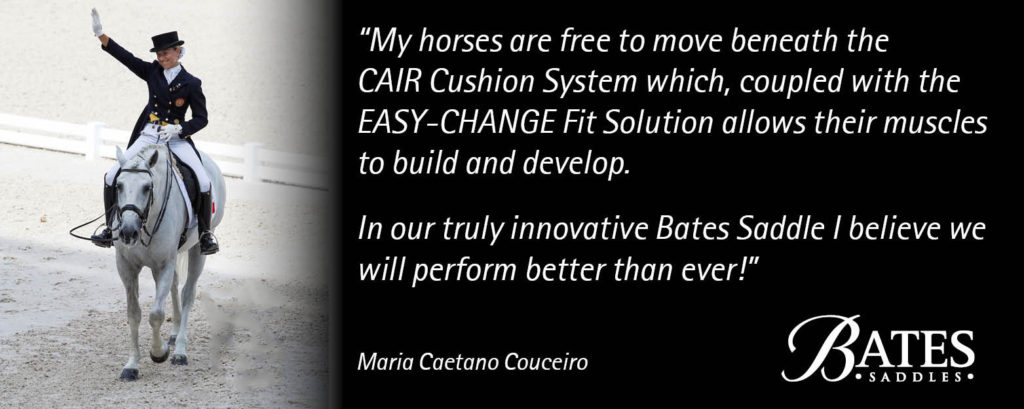
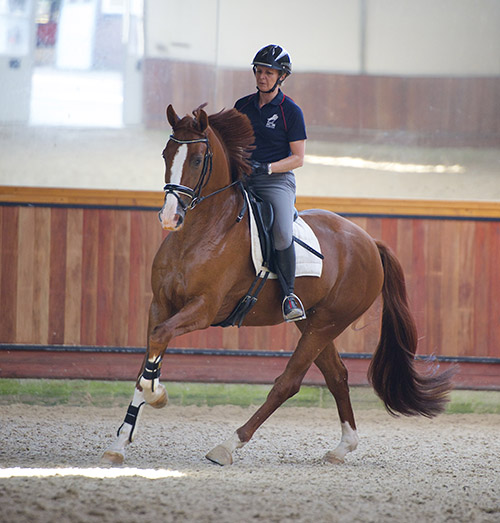
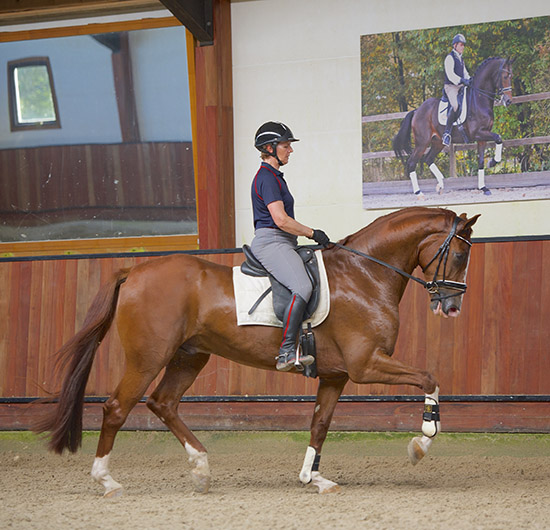
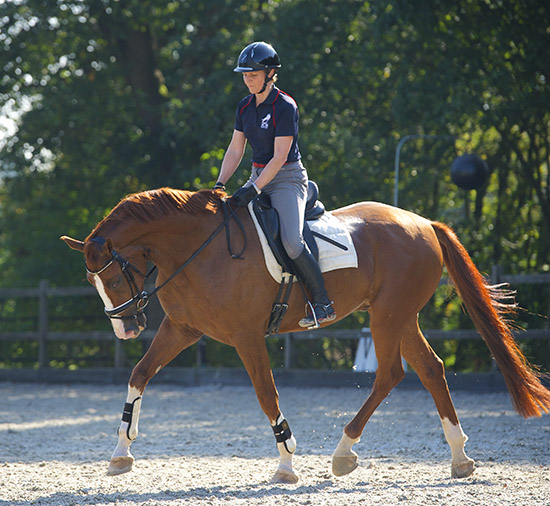
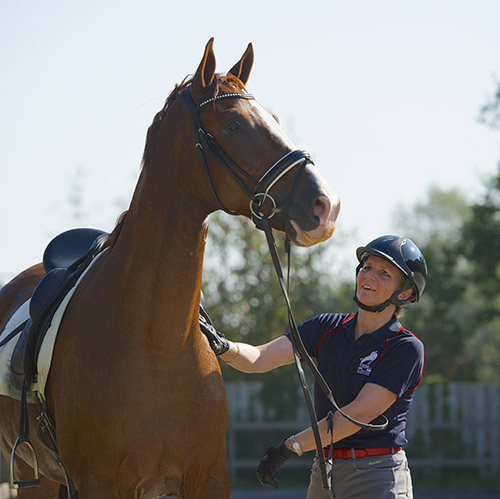
Thanks for the story Liz! I think every serious rider (or anyone who just wants to do better!) wants to know what the best overseas trainers do in their stables and how they do their training. This is why I love THM, other magazines barely ever mention the great trainers, let alone report what they do! How can you learn if you’ve never heard of, or watched, the very best? Johan is marvellous! Happy horses and extraordinary horsemanship.
Wonderful article! Thank you to Johan for being so open to sharing his teachings
Thankyou..great read..